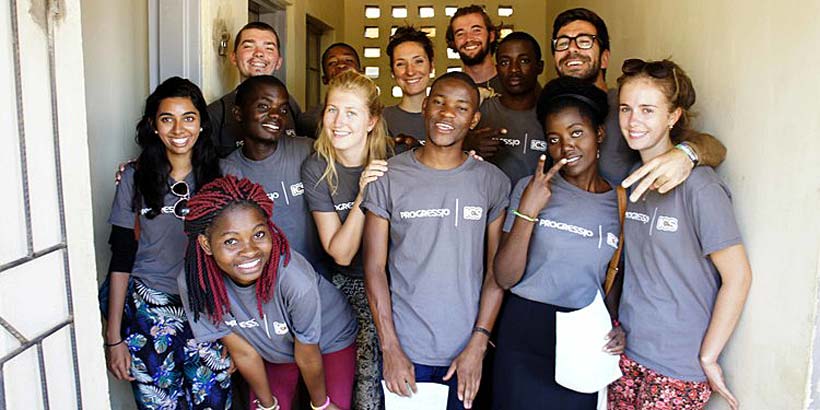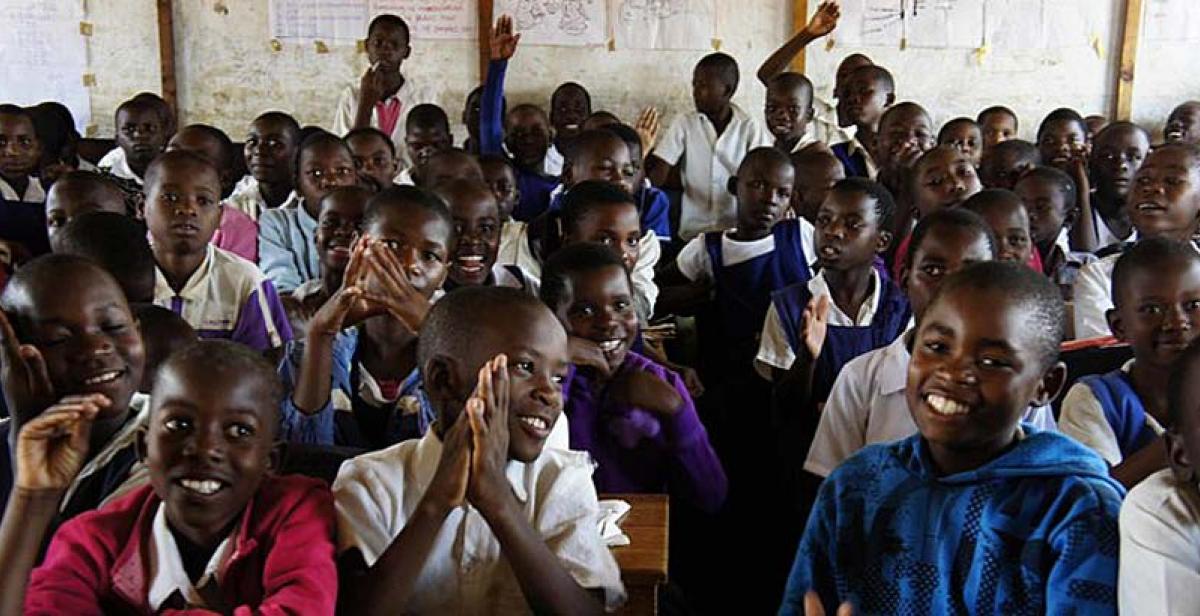Having now been in Malawi for just over three weeks, the constant pointing and the shouts of ‘Azungu’ (white people) has become part of my every day routine. Over the last ten days we’ve had training on sexual reproductive health, cultural and traditional differences and issues affecting the Malawian youths of today, including early child marriages, school dropouts and HIV & AIDS.
One issue that has become a huge concern and that has stuck with me is the number of girls that have become child brides. Although the bill to end child marriages passed this year, making it illegal to marry under the age of 15 and only marry with the parents’ consent, up to the age of 18, still 20 per cent of Malawian girls will still marry before passing into adulthood. Although this is mostly happening in rural villages, some girls are getting married off as young as nine! It is predicted that in the next year, 15 million girls will marry whilst still under the age of 18, many of whom have no idea that the law was even changed. The main culprit being poverty; it is standard behaviour for the daughter’s hand to be swapped with an agreed settlement of money, the size of which will depend on how much money the parents have invested into the child’s schooling and general wellbeing. In a sense these girls are trophies than can be bought for any man willing to pay the asking price, their freewill being sold with them. This shocking behaviour is not uncommon, with many girls being pulled out of education before it has properly started, thus causing a backlog of bright young girls being deprived the right to become exceptional human beings.
The beginning of this week was also the start of our school motivational visits. Our goal is to reach out to hundreds of children spread across 15 schools. With 30 school visits planned, we’re off to a great start having done 13 sessions in the last two days and managing to speak to 1,300 children!

A standard primary school here consists of a number of basic rooms, many of which have desks and benches, but not enough to provide all the students with a space of their own. Most schools here run on a shift basis with half of the school attending a morning session and half in the afternoon. This then switches around every week creating a fortnightly timetable. There are simply too many students, the schools cannot meet the high demand. This was evident from our school visits in which most groups or grades were bunched together combining a variety of ages and sometimes increasing the numbers to 400 pupils. This is just half of the year, but with school fees being introduced, the numbers are bound to decline causing the literacy rate for girls to fall with them.
From just entering into the school grounds it quickly becomes clear that there is a vast variation of wealth. All the students are given a cup of porridge and I’m sure that this is the best, most nutritious meal some eat that day. The standard of uniform is a real giveaway, a lot of children wander around with mismatched clothing, some in uniform and some in dirty ripped rags. All schools try to maintain a high level of hygiene, but with such a vast number of pupils it isn’t easy. All students, both girls and boys must have short, closely shaven hair to add uniformity and regulate cleanliness but there are still children walking around eating porridge with pencils.

The sheer excitement however of the Azungu kids being at their school really helped to get across the message. The number of children we’ve already reached is fantastic, but it is emotionally and physically overwhelming, standing out in front of a class of 400 pupils hoping that your skin colour isn’t distracting away from the real message; keep girls in school!
Written by ICS volunteer Ellie Craven-Todd



